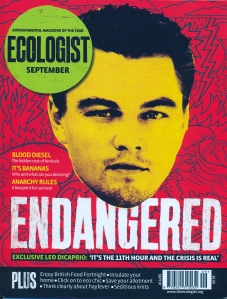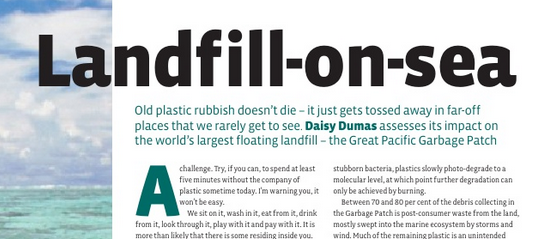Another time … memories of Syria and Damascus. Photo: from the Dumas archives.
In a corner of the old city of Damascus, along the Street Called Straight and beyond Bab Sharki’s backgammon set
hawkers, lies a convent.
There’s no diplomatic immunity, emergency plan or security company executing an abort strategy for its nuns.
Instead, they pray, talk quietly and make fresh apricot jam, alive with the Mediterranean heat from the trees that
droop, heavy with fruit, in the fields around the city each summer.
Their country has become part of the lexicon of global disaster – a repeated newsline that gathers pace, bodycount
and bloodshed with each passing day.
Syria has escalated into a full-blown civil war, pitting Baathists against the rebellious: those who have, for too long,
been silenced.
It’s a newsreel I – we – understand well, given the region, but it’s a Syria I don’t recognise.
Eighteen years ago, I moved with my family to Jordan, neighbouring Syria’s southern border. My aunt and uncle
had lived in Damascus for years, having been forced from the mortared, shrapnel-littered streets of Beirut in the
1980s and, like him, my father was sent to work in the region as a British diplomat.
We landed in Amman on a heady, jasmine-scented summer’s evening and plunged, headlong and en masse, into
a love affair with the Middle East that refuses to dissolve.
It’s a region of olive trees, musky incense and rambling, dark souks. Embarrassingly generous people, social
awkwardness and intense, unspoken and oft-misunderstood inequality.
Shrill muezzins on crackling speakers pierce the frenetic din of car horns and local, warbling pop; camels share
roads with battered taxis, dusty sheep and Toyota pick-up trucks. Censored Hollywood films play in city centres – and uncensored films play in gated, guarded mansions’ media rooms.
Before I started my first day of school in Amman, clad in long, scratchy trousers and an oversized collared shirt in the
stifling late summer heat, I imagined classes of teenagers with sandals, sheltered from fashion and Nikes. How wrong I
was – that eye-opening day, aged 14, was the first time that I understood how the Third World was no different, in
many ways, to the first. Vanity, like fear, has no borders.
We visited Syria and Israel often, switching cars and removable pages of passports to circumvent the diplomatic
faux pas of entering occupied Palestine with Syrian visas.
To us, Damascus was an old friend – but it had an intense religiosity too. We always stayed at that ramshackle
convent with its high ceilings and echoey, tiled, dark corridors. Pious, hunched nuns hovered down the long,
polished passages, eyes-down, and breakfasts were plates of sparklingly fresh, salty white cheese paired with
their apricot jam and steaming, pillowy hobbes bread. Sweet mint tea and bowls of oranges made up for non-existent
plumbing and the clunky, never-ending whirr of ancient ceiling fans.
Hama was a quiet place, carrying the weight of painful memories and not ready, in the mid-nineties, to remove the
splints from its shattered past and the 1982 massacre. Its empty play parks, nappy-filled riverbeds and concrete
“trees” – a peculiarity of the Middle East – eerily closed for business.
Aleppo, the great, great, grandfather of cities, beguiled me as it has beguiled for ten thousand years. It is the only
place I have ever felt truly, deeply violated and belittled for being female – but it is also the only place I have ever felt
so swallowed, so sublimely humbled by history – two of life’s more perspective-heavy lessons in solipsism. As
government troops meet the Free Syrian Army in streets that have seen more than their fair share of mens’ tears,
the gloomy, garrulous desert grotto that is the souk lies quiet, its clamour and jarring, almost bestial lifeblood
temporarily on pause.
We heard stories of the Big Brother ubiquity of the mukhabarat, the secret police, and we learnt – as we had been
taught before arriving in Amman – to go delicately, be diplomatic, stay quiet. The Assads were never going to last.
It’s a wonder life has limped on for this long under the family.
“Chai, Sir. Play backgammon, Sir”: Carpets, frankincense, battered taxis, poorly painted effigies of Assad on street
corners, at the entrance to souks and carpet shops. As those pictures are fought over and torn down, so must the
stranglehold of 41 years.
I wonder now what those salesmen are doing, whether they have underground bunkers with creeping wires looped
towards the open air and TV reception.
I think I know, as I remember those nuns, quieter than church mice as they shuffle along the convent’s stone floors,
what their prayers must be.

















